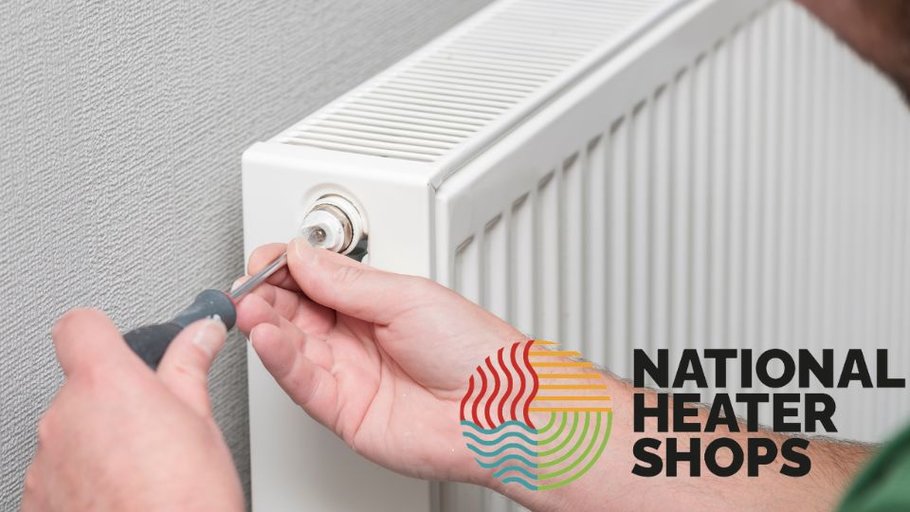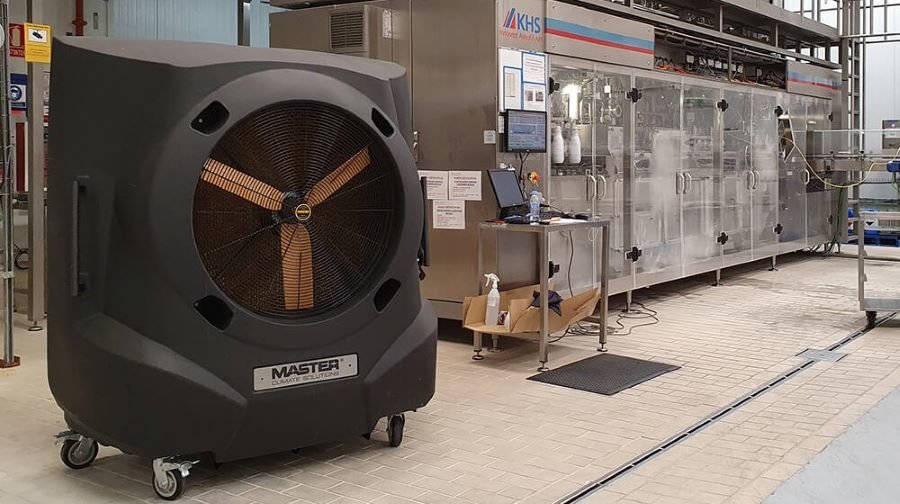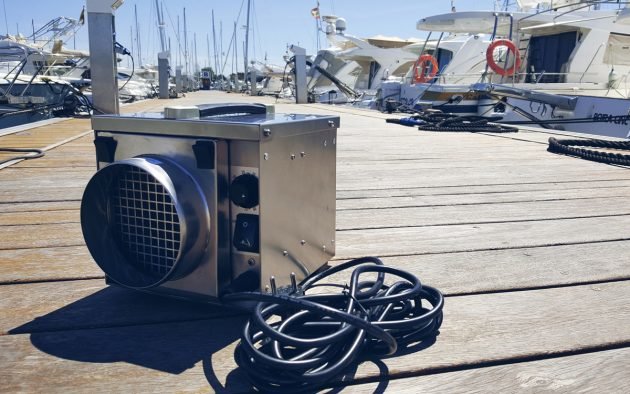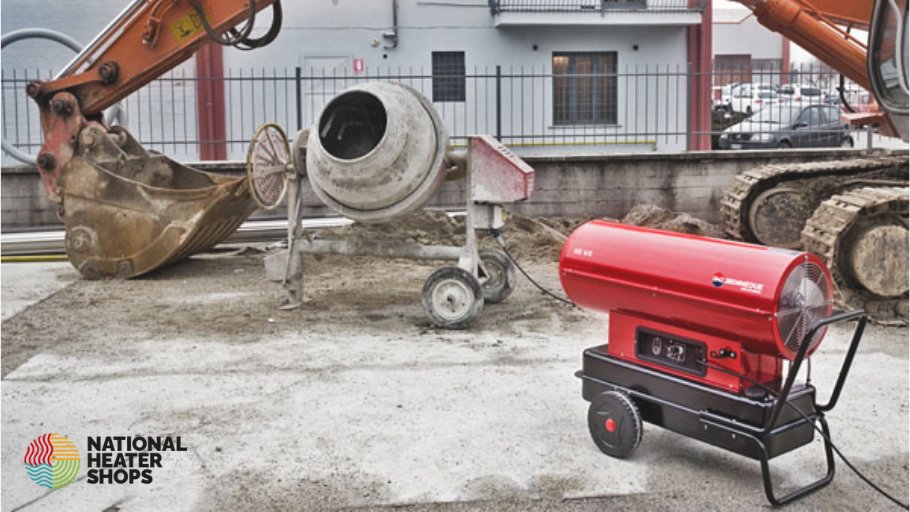HVAC
Heating, Ventilation, Air Conditioning
What is HVAC? As an acronym, it stands for heating, ventilation, and air conditioning. As a concept, it’s the use of appliances and different technology to provide comfortable conditions. People use types of HVAC in homes, accommodation, commercial spaces, and workplaces. Thermal and climate comfort is achieved through the careful control of temperature, humidity, and air purity.
"HVAC system design is a subdiscipline of mechanical engineering, based on the principles of thermodynamics, fluid mechanics, and heat transfer. Refrigeration is sometimes added to the field's abbreviation as HVAC&R or HVACR, or ventilation is dropped, as in HACR (as in the designation of HACR-rated circuit breakers)."
Heating
Heating is self-explanatory. Any heating system is a way to raise and maintain the temperature to a pleasant, healthy level. We all want our homes and places we spend time be comfortable. For workplaces, guidance suggests the ambient temperature should be at least 16ºC, or 13ºC if the work is physical.
Building heating can be done by central heating, boilers, furnaces, heat pumps, or storage heaters. Sellers like National Heater Shops deals more with temporary, emergency, portable, and standalone appliances. We specialise in infrared, fan, cabinet, direct, indirect, and gas space heaters. We also offer a range of panel heaters, air curtains, and patio heaters.
You can power heaters using electricity and burning solid fuels, liquids, and gases. Convection fan heaters use ribbons composed of high resistance wire. The fan draws air in, allowing it to flow over the heating element before it is expelled from the front outlet, warming the air in the room. Infrared heaters work differently. Instead of heating the air, they heat surfaces and people directly. They are ideal for use in places where an airflow would be disruptive, like a dusty workshop.
Electric heaters are safe to use indoors, and some are designed with an IP rating, so that you can use them outdoors safely. Most fuel burning heaters should only be used in outdoor or semi-outdoor areas, or wide-open spaces with lots of ventilation and fresh air. You can use indirect diesel heaters to heat indoors, as they have a heat exchanger and flue system. The flue expels the fumes produced during combustion out of the top of the heater. They only deliver clean, fume free, dry, and warm air. You can vent this clean, warm air into areas using ducting, or place the heater inside if you vent the exhaust outside using a flue pipe. For this reason, these heaters are often used to heat marquees, workshops, and farms.
Ventilation
Ventilation involves exchanging the air within one space with the air from another space. Typically, this is fresh air from outside. It maintains acceptable air quality inside buildings, which is good for the inhabitants’ health. Ventilation does offer some control over temperature, but it’s biggest benefit is how it can remove any combination of moisture and pollutants like odors, smoke, dust, airborne bacteria, or carbon dioxide, and replenish oxygen. Air movers, air scrubbers, and air purifiers are great for homes, hotels, and worksites especially.
"Natural ventilation is a key factor in reducing the spread of airborne illnesses such as tuberculosis, the common cold, influenza, meningitis, or COVID-19. Opening doors and windows are good ways to maximize natural ventilation, which would make the risk of airborne contagion much lower than with costly and maintenance-requiring mechanical systems. Old-fashioned clinical areas with high ceilings and large windows provide the greatest protection. Natural ventilation costs little and is maintenance free and is particularly suited to limited-resource settings and tropical climates, where the burden of TB and institutional TB transmission is highest. In settings where respiratory isolation is difficult and climate permits, windows and doors should be opened to reduce the risk of airborne contagion. Natural ventilation requires little maintenance and is inexpensive."
Air Conditioning
Air conditioning units provide a cooling solution for specific rooms or a building, and they're more effective than cooling fans. Large industrial air conditioning units provide a reliable solution that is both hardwearing and durable. Ducted, portable models draw warm air in and pass it through a refrigerant system which causes the warm air to condensate. This removes moisture from the air and cools it rapidly. The cool air is then circulated back out into the space by an inbuilt fan, while the leftover warm air and a large volume of the moisture is exhausted outside via ducting. Water-cooled portable air conditioning units consist of the main unit which sits within the space and a smaller heat rejector unit which sits outside the space and dispels the warm air leftover from the air conditioning process. The two units are connected via an umbilical cord, which comprises of a flow return pipe, condensate pipe and a power cable. This system uses a flow of water between the two units to remove heat from the space. If you need a more permanent or installed solution, you can find wall-mounted packaged terminal (PTAC), ductless, mini-systems, and split air con units.
Evaporative coolers offer a supply of cool, humid air, that they circulate. They create a more comfortable environment in hot areas, and on hot, arid days. These machines add moisture to hot air. The extra water in the atmosphere absorbs a lot of heat to evaporate. The phase transition from liquid water to vapour lowers the air temperature. The unit circulates the cooler air using an internal fan. These machines are simple pieces of equipment, but they are effective. They are cheap to run, and you can use them in a wide range of well-ventilated indoor and outdoor spaces. Since they add moisture to the air, they're not always recommended for indoors. If the extra water gets trapped in a space, it can cause problems, like mould and damp.
Dehumidification
Dehumidification (air drying) in an air conditioning system happen because of the evaporator. The evaporator works at temperatures below dew point, so moisture in the air condenses upon contact with the coils.
Dehumidifiers are similar appliances to air conditioners in the way it works. They draw in the ambient air from a space using a fan and then passes it through a system designed to extract the excess moisture. Following this, an integral fan reintroduces the dried air back into the space for recycling. Sometimes filaments heat the air before it is expelled.
Desiccant dehumidifiers use a reticulated mesh of absorbent material on a rotary wheel. For example, imagine a sheet made of silica gel in the little bags when you buy new clothes. As the ambient air is drawn in from a space, the stream passes through the desiccant wheel so that any moisture is absorbed. As the desiccant wheel turns and collects water, dry air is blown back into the space while the moisture expels separately. Usually, an exhaust that leads somewhere outside the area or to a drainage system disposes of the moisture.
A compressor dehumidifier - often referred to as refrigerant, or condensation - uses a system of heating and cooling coils. As damp, ambient air draws in, it passes through the refrigerant coil (evaporator) to lower its temperature to below its dew point. The moisture condensates upon contact with a cold surface, and a large portion of the water drips into a collection tank or drainage system. The second coil (condenser) reheats the remaining condensate to turn back into a gas that can be blown back into the space via an integral fan.
These appliances control the humidity of a room or building. The most common use is to promote a healthy atmosphere for occupants, buildings, and contents in wet and humid environments. They achieve this by preventing damp, which can result in mould and decay. But, they are versatile machines that can also be helpful for many other applications.





